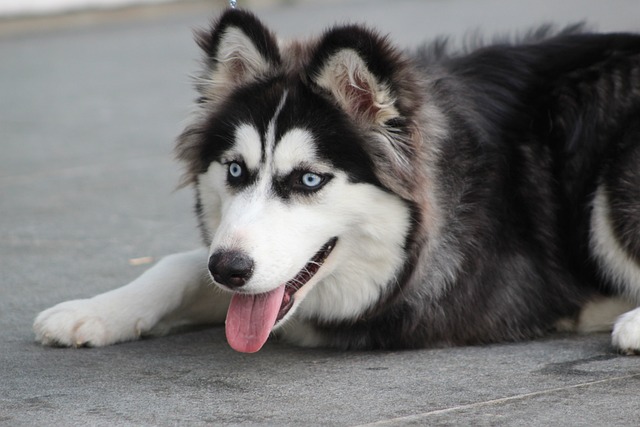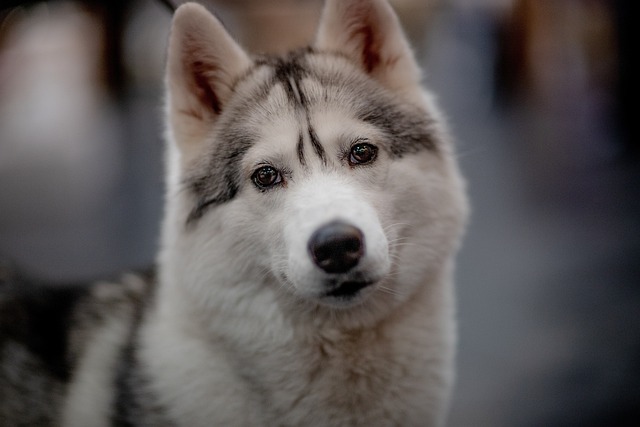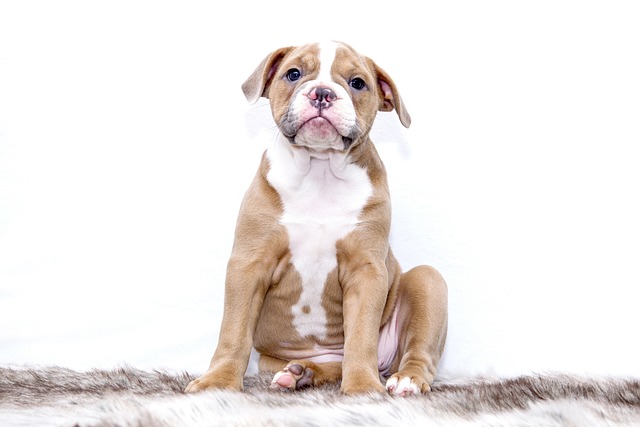Heterochromia in dogs, where one eye is a different color than the other, often catches attention—especially in breeds like huskies. Many owners and enthusiasts wonder just how uncommon this trait really is in these striking, wolf-like canines. The truth is, compared to most dog breeds, huskies actually have a higher rate of heterochromia, making it less rare among them than you might think. It’s a genetic quirk linked to their coat color genes, particularly those that produce white markings, which is why you’ll see it more frequently in huskies than in, say, labradors or beagles.
That said, not every husky will have mismatched eyes. Most still sport the classic icy blue or warm brown, with heterochromia popping up in roughly 10-15% of the breed. When it does appear, it’s often a striking combination: one blue eye and one brown, or even a half-and-half “split” eye in rare cases. This unique look has made heterochromatic huskies popular in media, but it’s important to note that the trait doesn’t affect their vision or health—they see the world just as clearly as their peers with matching eyes.
 For husky owners in Europe and North America, there’s more to consider than just aesthetics. While heterochromia itself isn’t regulated, local laws often dictate responsible pet ownership. In places like the UK, the Animal Welfare Act requires all dogs to have proper identification, including microchipping, regardless of their eye color. Similarly, in Germany, breeds like huskies—classified as “list dogs” in some states—may face additional rules, such as mandatory training or liability insurance, to ensure public safety.
For husky owners in Europe and North America, there’s more to consider than just aesthetics. While heterochromia itself isn’t regulated, local laws often dictate responsible pet ownership. In places like the UK, the Animal Welfare Act requires all dogs to have proper identification, including microchipping, regardless of their eye color. Similarly, in Germany, breeds like huskies—classified as “list dogs” in some states—may face additional rules, such as mandatory training or liability insurance, to ensure public safety.
Culturally, huskies with heterochromia are often admired for their unique appearance, but it’s crucial not to prioritize looks over care. These energetic dogs need plenty of exercise and mental stimulation to thrive, whether their eyes match or not. In countries like Canada, where huskies are a part of local history, owners often connect through breed-specific clubs that emphasize responsible ownership, including adhering to leash laws in urban areas and cleaning up after their pets in public spaces.
When searching for a husky puppy, whether with heterochromia or not, always choose reputable breeders who prioritize health screenings over cosmetic traits. Avoid puppy mills that exploit the demand for “unique” features, as these operations often neglect the well-being of both parents and puppies. Remember, a dog’s personality and compatibility with your lifestyle matter far more than the color of their eyes.
In the end, heterochromia in huskies is a fascinating but relatively common trait that adds to their allure. By staying informed about local regulations, providing proper care, and valuing their health over their appearance, you can ensure your husky—whether they have one blue eye, two brown eyes, or a little bit of both—lives a happy, healthy life as a beloved member of your family.

 For husky owners in Europe and North America, there’s more to consider than just aesthetics. While heterochromia itself isn’t regulated, local laws often dictate responsible pet ownership. In places like the UK, the Animal Welfare Act requires all dogs to have proper identification, including microchipping, regardless of their eye color. Similarly, in Germany, breeds like huskies—classified as “list dogs” in some states—may face additional rules, such as mandatory training or liability insurance, to ensure public safety.
For husky owners in Europe and North America, there’s more to consider than just aesthetics. While heterochromia itself isn’t regulated, local laws often dictate responsible pet ownership. In places like the UK, the Animal Welfare Act requires all dogs to have proper identification, including microchipping, regardless of their eye color. Similarly, in Germany, breeds like huskies—classified as “list dogs” in some states—may face additional rules, such as mandatory training or liability insurance, to ensure public safety.



